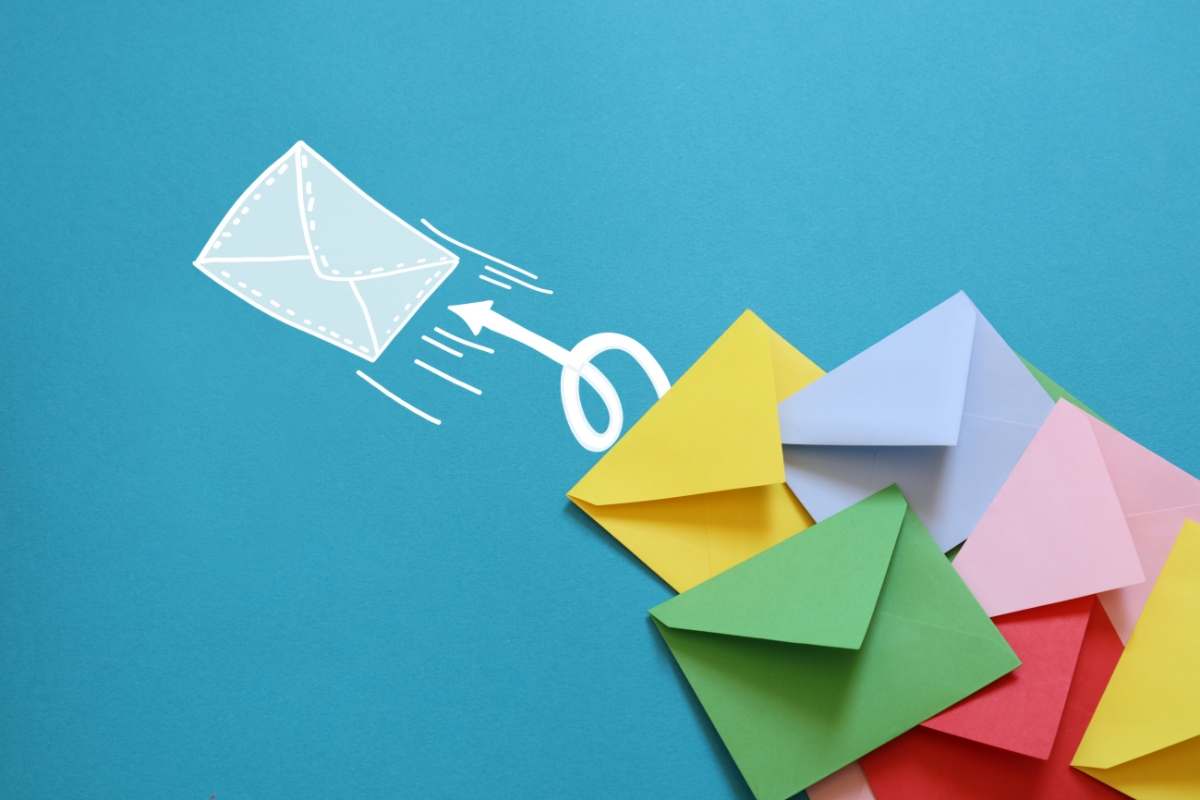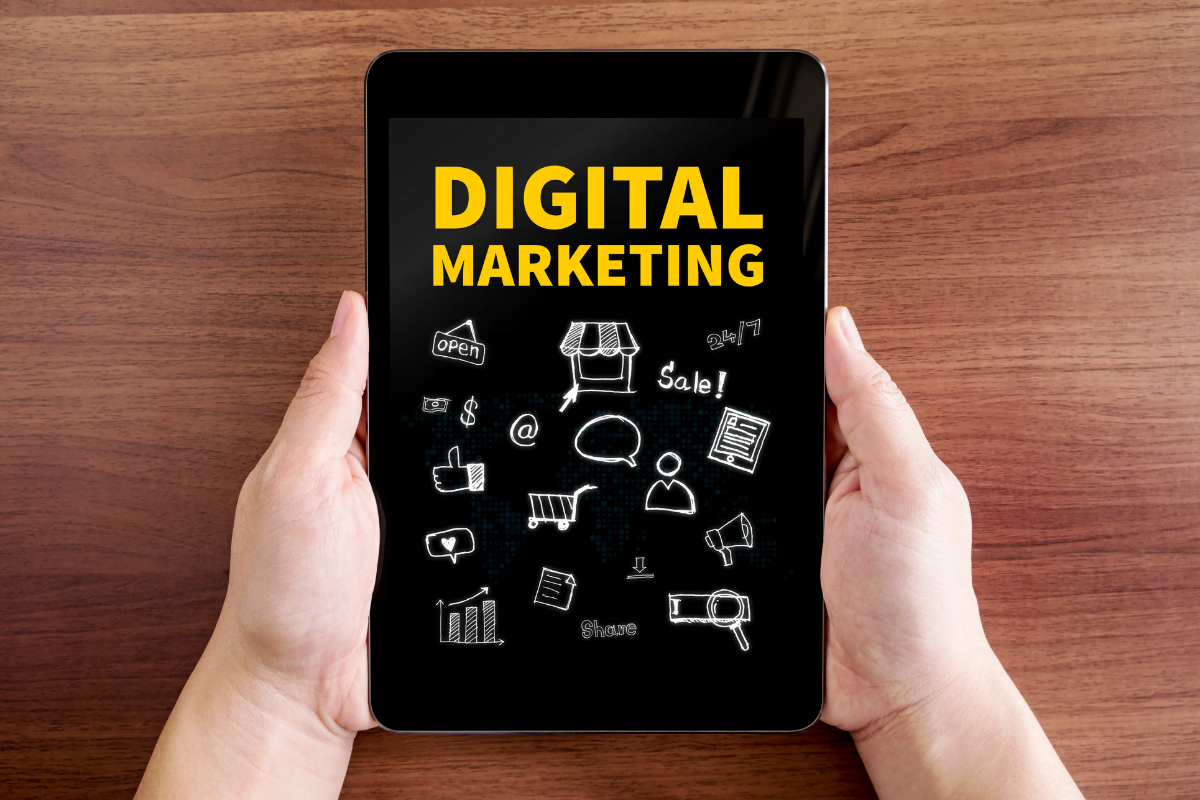In the digital age, every interaction is an opportunity to reinforce your brand, and one often overlooked tool for this is your email signature. Email signature marketing is a powerful yet subtle way to promote your brand with every email you send.
By incorporating consistent branding elements, promotional messages, and calls to action into your email signature, you can enhance brand awareness and drive engagement without any extra effort. In this guide, we’ll explore how these email signature marketing ideas can serve as your secret weapon for brand reinforcement, offering tips on design, content, and best practices.
From Boring to Brilliant: How Email Signature Marketing Can Transform Your Brand
The Evolution of Email Signatures: From Functionality to Brand Asset
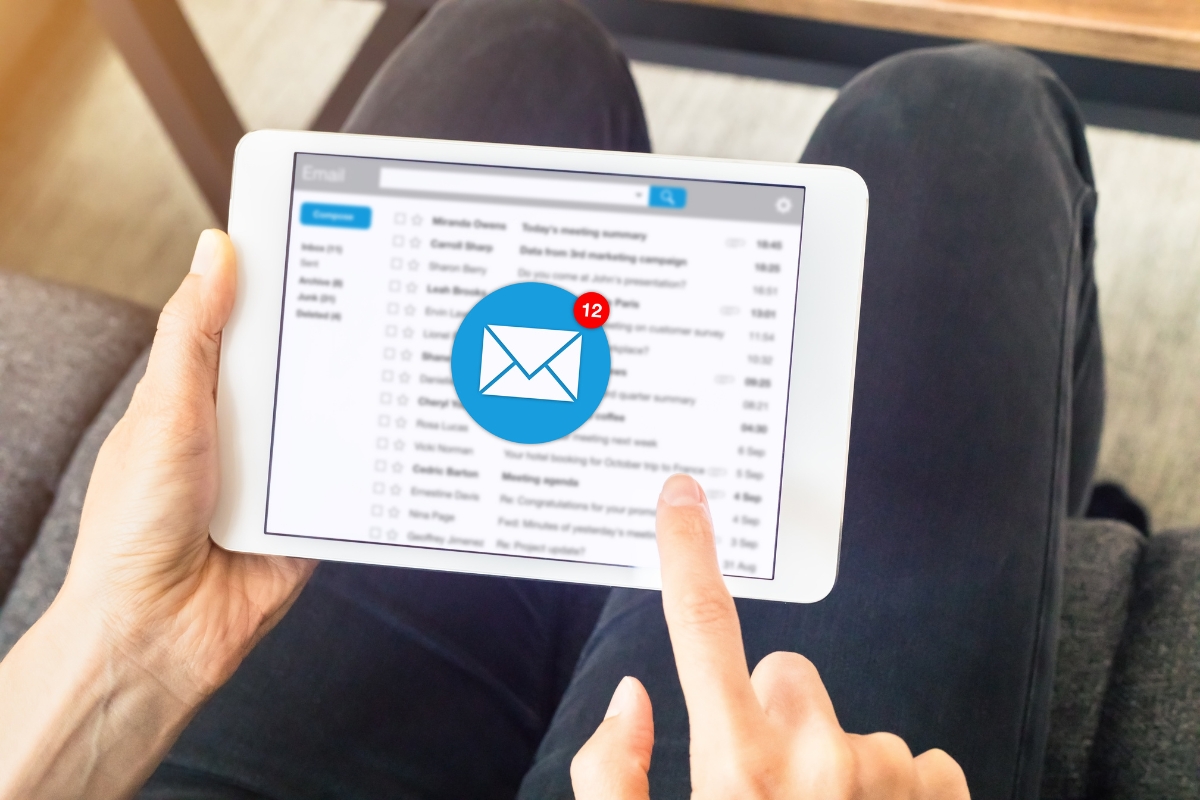
Email signatures have come a long way since their humble beginnings as a simple block of text containing contact information. In the early days of email, signatures served a purely functional purpose, providing recipients with the sender’s name, job title, and contact details.
However, as businesses began to recognize the importance of branding and creating a consistent image across all touchpoints, email signatures evolved into powerful brand assets.
Today, a promotional email signature is more than just a collection of text; it’s a strategic branding tool that can enhance a company’s professionalism and brand identity. With the right design elements and strategic placement, your email signature can leave a lasting impression on recipients and reinforce your brand’s image.
Incorporating Brand Elements in Professional Email Signature Design: Logos, Colors, and Fonts

Your brand’s logo is its visual representation—a symbol that instantly communicates who you are and what you stand for. Incorporating your logo into your email signature is an effective way to reinforce brand recognition with every message you send. Positioning the logo prominently within the signature can serve as a constant reminder of your brand’s presence, helping to establish and maintain brand visibility.
When choosing colors for your email signature, stick to your brand’s color palette to maintain consistency across all marketing channels. Consistent use of colors helps build recognition over time and creates a sense of familiarity among recipients. Colors can evoke emotions and perceptions that align with your brand’s identity—whether it’s the trustworthiness conveyed by blue or the energy of red, the right choice of color can subtly influence how your brand is perceived.
Fonts also play a crucial role in email signature marketing campaigns and design. Select fonts that align with your brand’s personality and are easy to read. For instance, a modern, sleek font might convey innovation and forward-thinking, while a more traditional serif font could emphasize reliability and heritage.
Avoid using too many different fonts, as it can make your signature look cluttered and unprofessional. Consistency in font style across all branding materials, including email signatures, contributes to a unified brand image, enhancing overall brand recognition and professionalism.
Moreover, consider the placement of these elements within the email signature. A well-structured layout not only makes the signature visually appealing but also ensures that all key information is easily accessible. A cluttered or overly complex design can detract from the professionalism you aim to convey, so simplicity and clarity should guide your choices.
Leveraging Consistency for Brand Recognition

Consistency is key when it comes to email signature marketing. Your email signature should have a consistent design across all employees and departments within your organization. This ensures that every interaction with your brand leaves a consistent impression on recipients. When every email a recipient receives from your company carries the same visual identity, it reinforces brand recognition and fosters a sense of reliability and professionalism.
Creating guidelines and email signature templates can help maintain consistency while allowing for personalization within certain parameters. These guidelines should outline the required elements, such as logo placement, font choices, and contact information, while still allowing employees to add their personal touch.
For instance, while the overall design remains uniform, elements like individual names, job titles, and direct contact numbers can be tailored to each employee. This balance ensures that while the brand’s identity is consistently represented, the communication still feels personal and direct.
Moreover, consistency in email signatures contributes to the perception of an organized and cohesive brand. Inconsistencies, such as varying logos, different fonts, or a mix of styles across emails, can create a disjointed and unprofessional image. On the other hand, a unified signature design across all communications helps in building a strong, cohesive brand identity that can be easily recognized and trusted by recipients.
Using consistent personal email signatures across your organization can be a powerful tool for email signature advertising campaigns. For example, incorporating a call-to-action (CTA) or promotional message in your email signature block can help drive traffic to specific landing pages, generate leads, or promote company events. When every employee uses the same email signature CTA, the impact is multiplied, leading to greater visibility and engagement.
Call-to-Action in Email Signatures: Driving Engagement
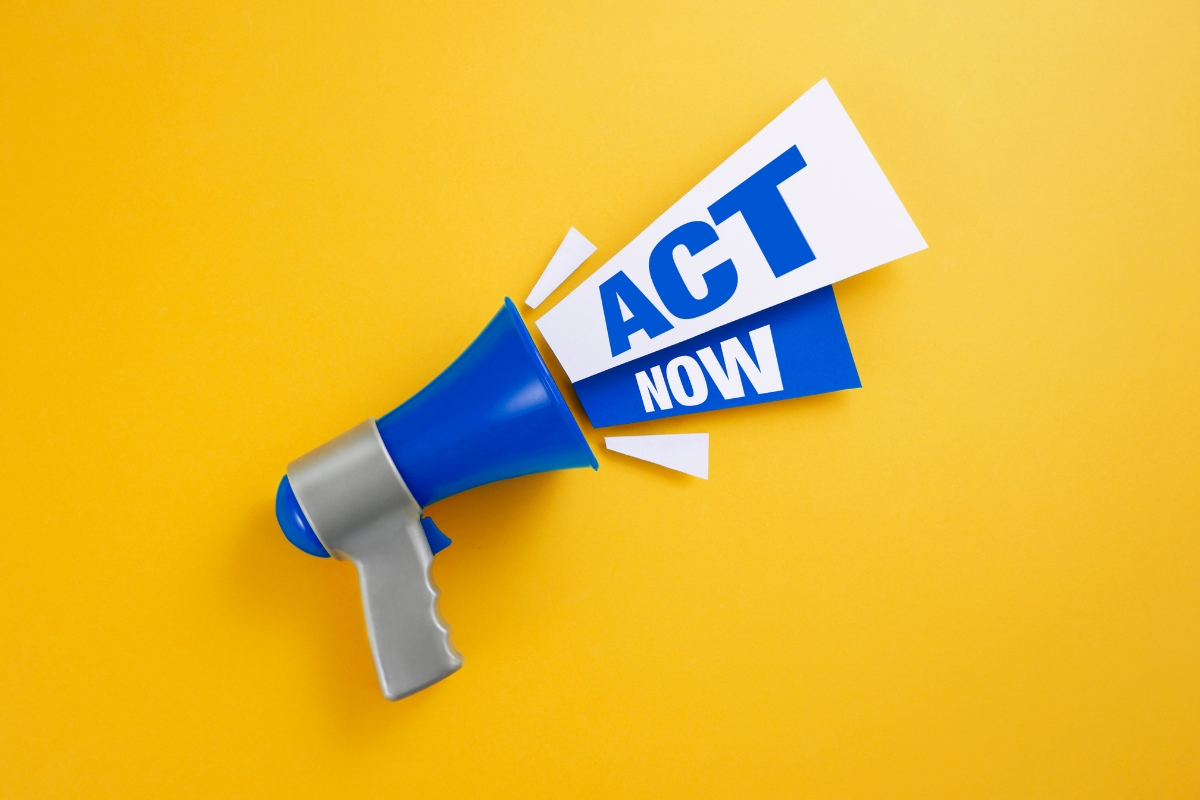
An often overlooked aspect of email signatures is the potential for driving engagement through well-placed call-to-action (CTA) buttons or links. Including a CTA in your email signature can encourage recipients to take specific actions, such as visiting your website, downloading a resource, or following you on social media.
This small addition can significantly increase the effectiveness of your email communications by transforming a simple professional email signature into a marketing tool that guides recipients toward a desired outcome.
When designing your CTA, make sure it stands out from the rest of the signature without being overly distracting. Use clear and concise language that compels recipients to click or take action. Phrases like “Learn More,” “Get Your Free Guide,” or “Follow Us for Updates” can be highly effective. Additionally, consider using visually appealing buttons or icons that draw attention without overwhelming the overall design of the signature.
It’s also important to ensure that your CTA is relevant to the content of the email and the recipient’s interests. Tailoring your CTA to different segments of your audience can enhance engagement and improve conversion rates. For example, a CTA that invites recipients to register for an upcoming webinar might be more effective in an email to existing customers than in a cold outreach email.
Tracking the performance of CTAs in email signatures can provide valuable insights into recipient behavior. By analyzing click-through rates and other engagement metrics, you can refine your approach and optimize your email signatures for even better results.
Tracking and Measuring Success: Metrics that Matter

To gauge the effectiveness of your email signature marketing efforts, it’s essential to track and measure relevant metrics. By analyzing data such as click-through rates on CTAs or website visits originating from email signatures, you can gain valuable insights into how well your signatures are performing. This data provides a clear picture of user engagement and the direct impact your email signatures have on driving traffic or conversions.
Beyond basic click-through rates, it’s also important to examine other metrics that can offer a deeper understanding of your email signature’s effectiveness. For example, tracking the time users spend on landing pages reached via email signature clicks can indicate the quality of the traffic generated. High bounce rates might suggest that the content linked in your signature isn’t aligning well with the audience’s expectations or needs.
Additionally, consider setting up UTM parameters within your links. This allows you to track specific campaigns, sources, and mediums directly in Google Analytics. By segmenting data in this way, you can identify which versions of your signature are most effective across different departments or regions.
Another metric to consider is conversion rate—how many users who click through from your email signature go on to complete a desired action, such as filling out a form or making a purchase. Monitoring this can help you refine your CTAs and overall email signature design to better meet your marketing signature goals.
Tools like Google Analytics or dedicated email signature generators and management platforms provide valuable data on user engagement with your signatures. This data can help you identify areas for improvement and optimize your email signature strategy, ensuring that every email you send is not just a communication tool but a powerful driver of brand engagement and business results. If your just getting started, check out Hubspot’s free email signature generator.
Personalization: Tailoring Signatures for Different Audiences

Not all recipients are the same, and personalization can go a long way in creating a meaningful connection. Tailoring email signatures to different audiences can help you make a more significant impact.
Consider segmenting your email signature campaigns based on factors such as industry, job title, or geographic location. By customizing elements like messaging or email signature CTAs to resonate with specific audience segments, you can increase engagement and drive better results.
For instance, if you’re emailing a tech-savvy audience, including a CTA related to a webinar on the latest industry trends could be highly effective. On the other hand, for clients in the finance sector, a CTA promoting a detailed report on market forecasts may be more appropriate.
Moreover, personalizing signatures based on the relationship with the recipient is another effective strategy. For existing clients, adding a personal touch, such as a direct line or a specific account manager’s contact information, can enhance the relationship and reinforce your commitment to customer service. For new prospects, including a special introductory offer or link to case studies might be more effective in driving conversions.
It’s also essential to consider the cultural nuances of different geographic regions. Tailoring signatures to reflect local languages, holidays, or regional promotions can demonstrate cultural sensitivity and increase the likelihood of engagement in international markets.
Email Signature Banner Campaigns: Amplifying Brand Messages
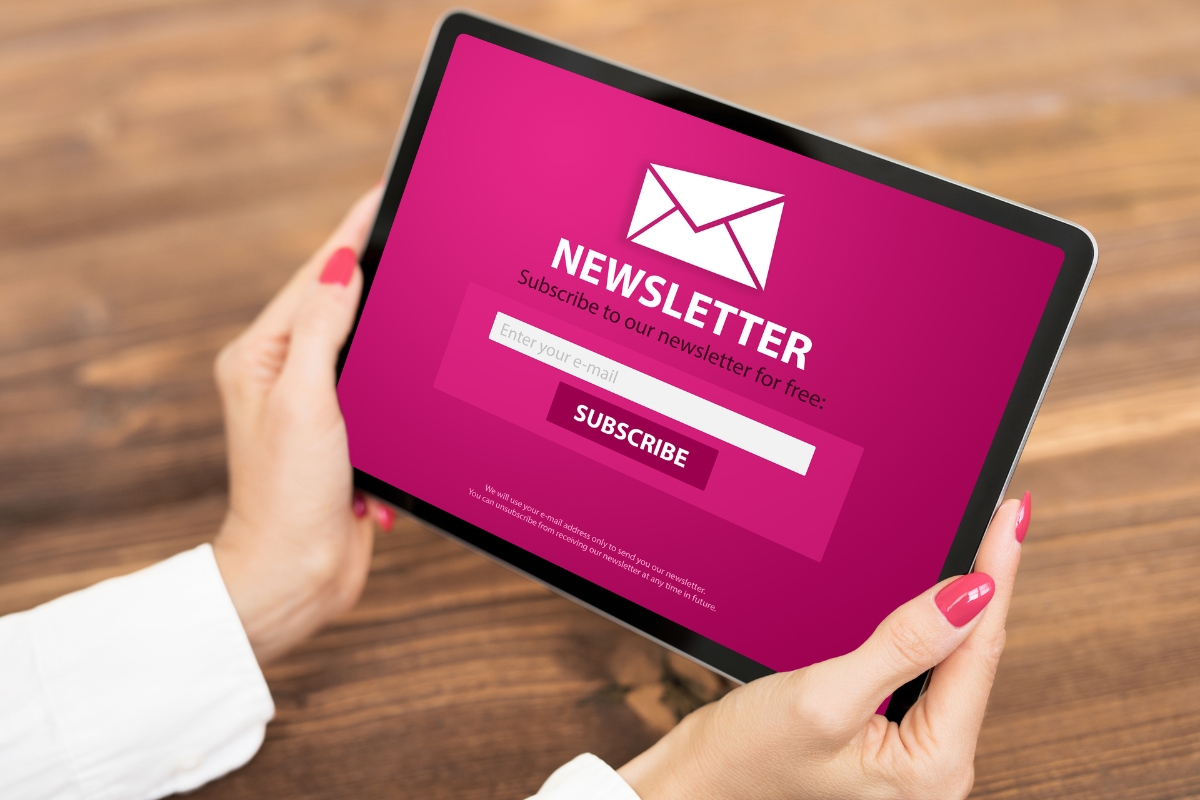
Beyond the basic contact information and design elements, an email signature for marketing offers an opportunity to amplify your brand messages through banner campaigns. Incorporating email banner marketing in your email campaigns allows you to promote new products, upcoming events, or special offers directly within every outgoing message.
When designing banner campaigns for email signatures, keep them visually appealing yet unobtrusive. The goal is to capture attention without overwhelming the recipient or distracting from the main message of the email. To achieve this, ensure that the banner’s design is consistent with your brand’s visual identity, using complementary colors, fonts, and imagery that align with your overall branding.
Additionally, it’s important to tailor the banner content to the recipient. For example, if you’re emailing a segment of your audience that has previously engaged with a particular product line, consider showcasing a related promotion or new product launch in the banner. This targeted approach increases the relevance of your message and boosts the likelihood of engagement.
Moreover, rotating banners based on the season, special events, or campaign timelines can keep your email signature dynamic and engaging. For instance, during a holiday season, a festive banner promoting holiday discounts can drive sales, while a banner highlighting a key industry event can encourage attendance.
Incorporating clickable links in the banner is also crucial, as it provides a direct pathway for recipients to engage with the content, whether it’s visiting your website, registering for an event, or exploring a new product. By strategically using email signature banner campaigns, you can transform everyday emails into powerful marketing tools that continually reinforce your brand and drive action.
Conclusion: Maximizing Brand Reinforcement through Email Signature Marketing Campaigns
Email signature marketing has evolved from a functional necessity to a powerful tool for brand reinforcement. Don’t underestimate the power of this often-overlooked marketing channel. Start harnessing the potential of email signature marketing today, and watch as your brand’s visibility and credibility soar with every message you send.
To make the most of this strategic opportunity, choose Newman Web Solutions. Our team can help you design and implement email marketing strategies that leave a lasting impression and drive engagement. Contact us at (404) 301-9189 or schedule a digital free strategy session to explore how we can enhance your brand presence through effective email signature marketing. Let Newman Web Solutions turn every email into a brand-building opportunity.


